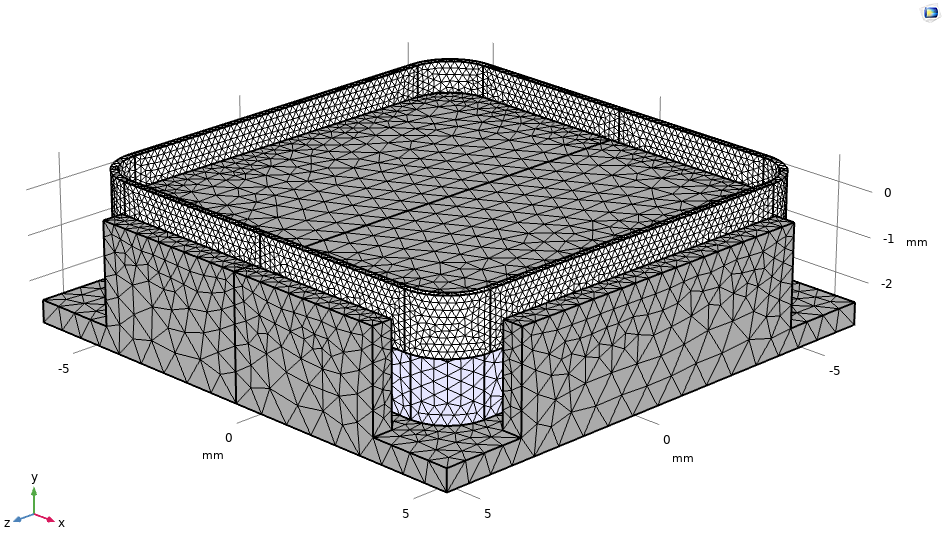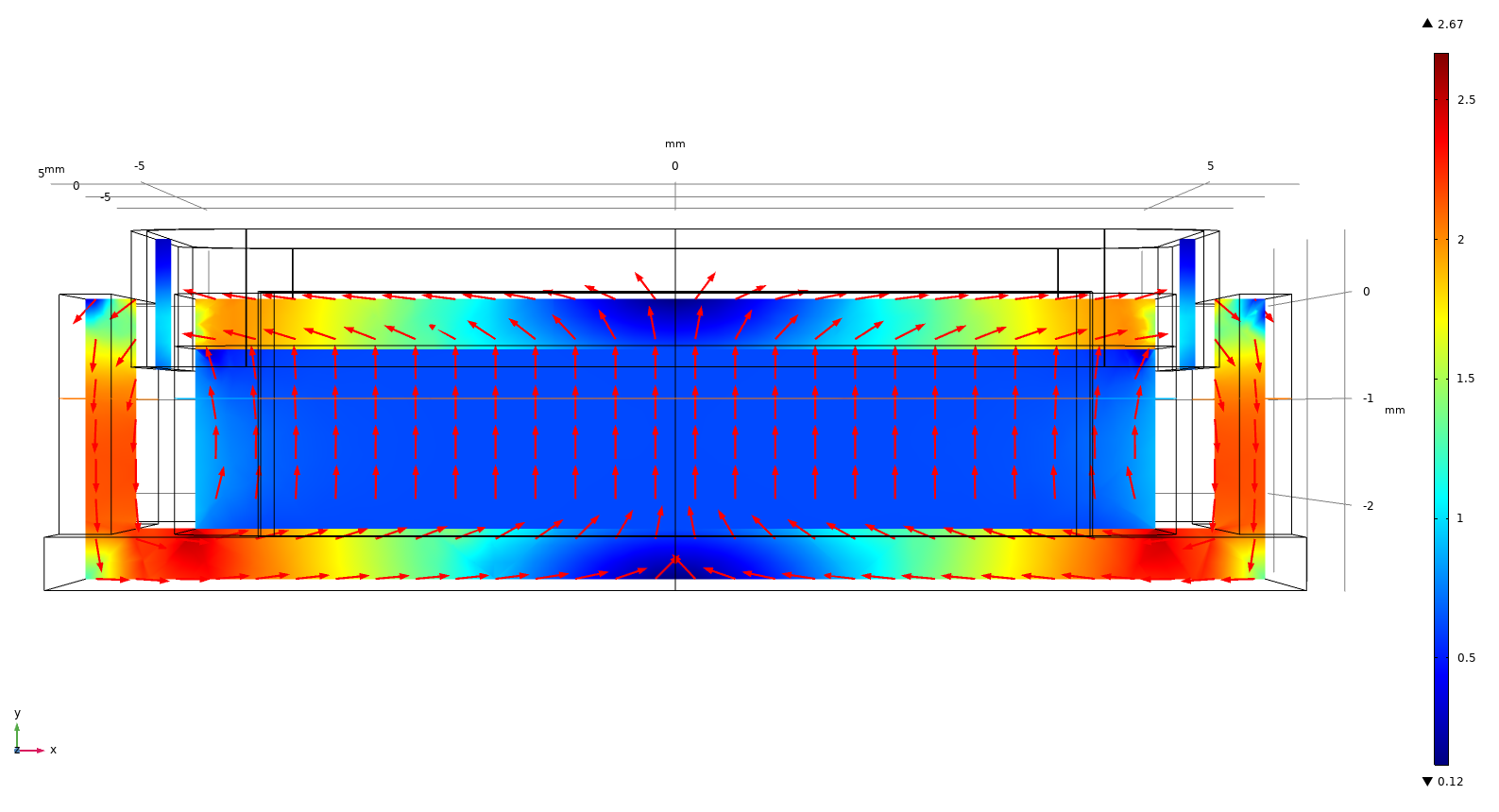Magnetic Circuit
Proper magnetic circuit design directly impacts sensitivities and cost when creating a successful speaker. Finite Element Analysis (FEA) tools can be used to find the best structure for arranging magnets and low-carbon steels, saving time and costs. This approach verifies all required parameters before making the real samples.

At Kingstate, we have ample experience building simulation models via COMSOL Multiphysics, which are not limited to a round shape due to 2D axial symmetry.

Calculations are analyzed by the force factor (BL) and the distributions of magnetic flux density, which help identify areas that can be cut away without losing performance in projects that require space-saving.


The voice coil must be placed in the perfect rest position to ensure that the magnetic flux is concentrated and flows in the correct direction.

This is crucial in reducing distortion, which is influenced by the symmetry and asymmetry of the force factor (BL) when the voice coil moves forward and backward.
Optimizing the resting position of the voice coil and the magnetic circuit structure can lead to low speaker distortion. High sensitivities and controlled distortion rely on high BL and the symmetry of BL versus coil displacement, which can all be verified in advance by building simulation models. Next, let's move on to discussing driver study.


 RFQ
RFQ